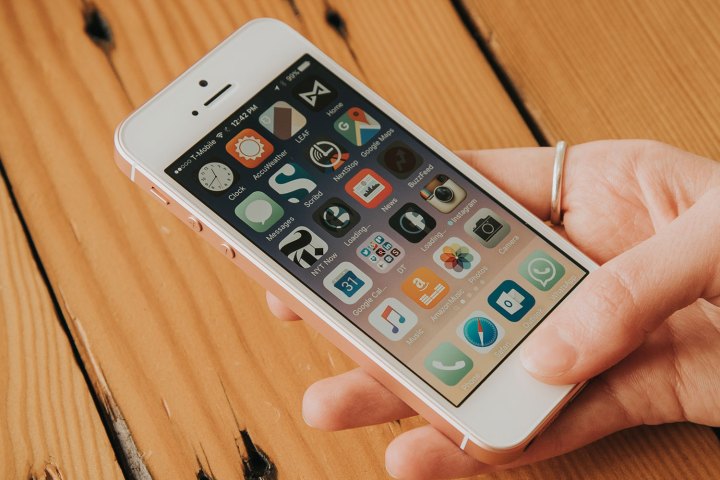
Apple bases its lifespan expectancy on modeled use and actual use data. The Cupertino, California company groups its products by operating system in making lifespan projections, regardless of other product specifications. For example, iOS and watchOS devices have three years before Apple figures they’re used up (or lost). OS X and tvOS units are assumed to last four years. In all cases, Apple is estimating first owner device lifespans. Therefore, if you buy a used Apple device, the clock has already been ticking. A functioning iPhone 5, for example, which launched in September 2012, could be considered a living dead phone.
The information about life cycles came about in answer to a question about Apple’s Product Greenhouse Gas Life Cycle Assessment. Apple broke down its environmental impact measurement into five sections: part by part measurements; power use scenarios; transportation costs; material composition; and emissions data. The lifespan information came from the power use scenario estimates.
It’s interesting to project replacement costs based on your own devices. My wife and I, for example, both bought iPhone 5Cs in December 2013. Mine lasted until May 2014, at which point it stopped knowing how to do math, which threw off the time, dates, and just about everything else. So if I got less than a year, wouldn’t it be nice if that tacked two more years on my wife’s phone? Even though averages are based on the concept of “big numbers,” you can’t use them that way in your own household. Too bad.
Editors' Recommendations
- This one Apple Fitness feature completely changed how I exercise
- Nomad’s new iPhone case and Apple Watch band may be its coolest yet
- 5 phones you should buy instead of the iPhone 15
- Why you should buy the iPhone 15 Pro instead of the iPhone 15 Pro Max
- iPhone SE 4: news, rumored price, release date, and more




